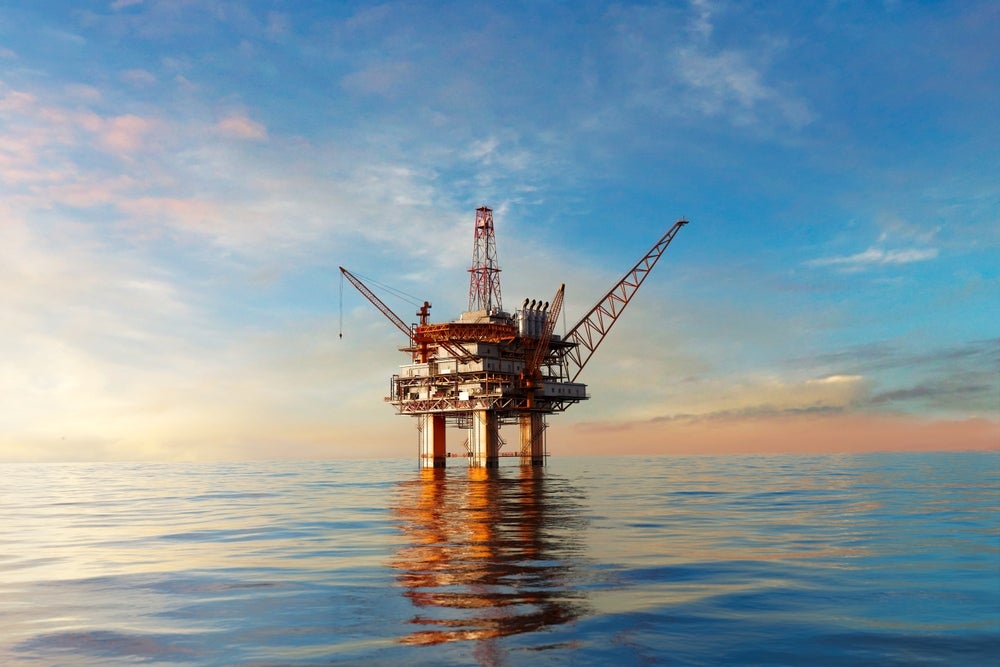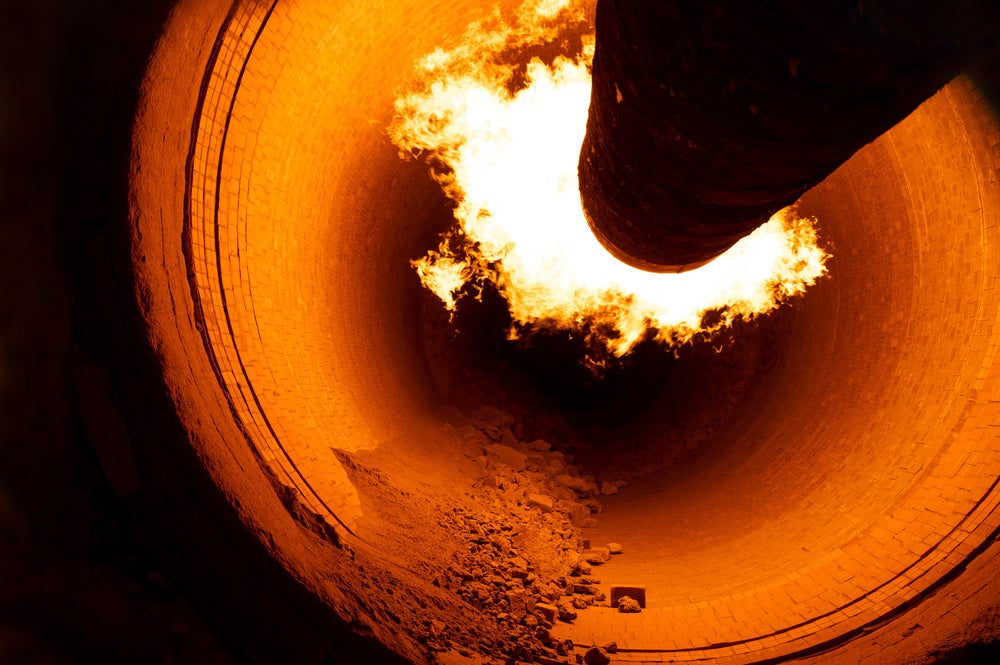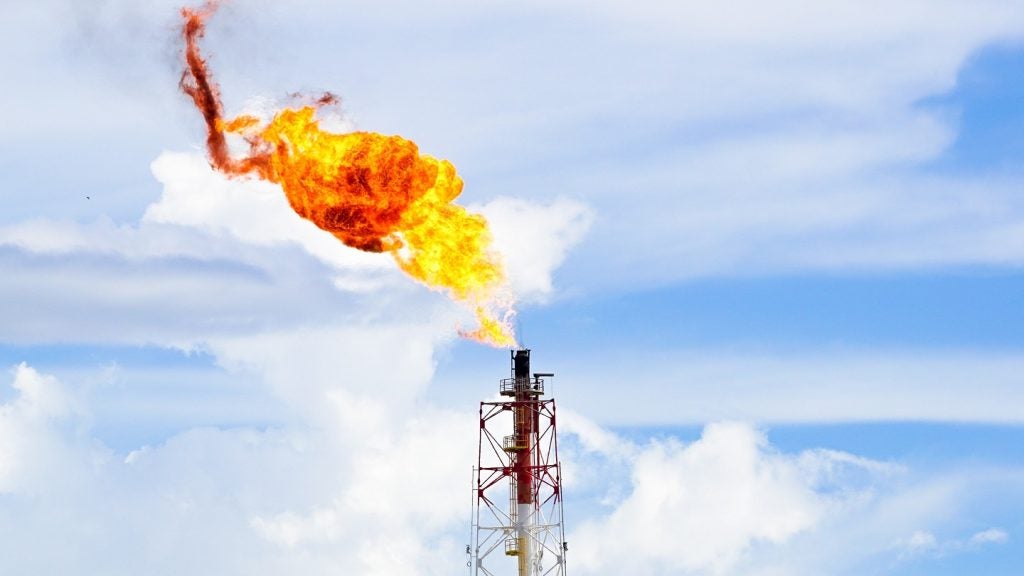The discovery of 'dark oxygen' being produced by polymetallic nodules around 4,000m below sea level is being heralded as a scientific breakthrough.
However, the discovery means that deep-sea mining developments could be halted before they have even begun.
Leticia Carvalho, head of the UN’s marine and freshwater branch and a leadership contender for the UN-backed regulator the International Seabed Authority (ISA), has recently been vocal about the subject.
She has explained that no company should be granted a mining licence before clear safeguards are in place, given that unregulated exploitation of the ocean floor can cause potential "damage" to these newly identified deep-sea ecosystems.
“I would say the rules, regulations and procedures for mining, which are the core elements of the mining code, need to be focused on and prioritised,” said Carvalho in an interview with US news outlet Mongabay.
Environmental activists including Greenpeace have capitalised on the findings citing it as evidence of the unknown dangers of sea-bed mining.
Greenpeace explained that it has long said that this new extractive mining industry “should not be allowed to start in the very deep ocean because the life there is so little understood, and the ecosystems are fragile and potentially vital for the health of the ocean and all life on Earth”.
Debating the impact of deep-sea mining
The Metals Company has disputed this new discovery. The Canadian mining giant already has plans to file the first applications for mining licences with the ISA to begin deep-sea mining operations in international waters. The aim is to produce metals by the end of 2024.
Advocates of deep-sea mining argue that it is the only solution to decrease China’s dominance in the supply of critical materials used in clean energy technologies. Nickel, cobalt and copper have all been identified as materials of interest in deep-sea mining areas.
Some advocates even argue that the environmental harm of deep-sea mining is less than terrestrial mining.
According to multiple reports, ISA secretary-general Michael Lodge said that the regulator remains on course to publish a rule book for deep-sea mining by 2025, but also argued that total prevention of seabed mining would be “anti-science, anti-knowledge, anti-development and anti-international law”.
With the leadership election for the ISA coming up, a win for Carvalho would be incredibly significant. Her call for increased regulation on deep-sea mining is the most pro-conservative stance in the election.
Transparency and balance were key parts of Carvalho’s pitch to become leader of the ISA. She explained she would aim to provide a balance between scientific and environmental breakthroughs and the corporate interests of the industry.
Varying positions on deep-sea mining
Multiple nations have already adopted their stance on deep-sea mining.
In New Zealand, the government is considering a second application for deep-sea mining off its western coast. The news, announced just last month, was met with sharp criticism from environmental groups.
Brazil, Carvalho’s home nation, already has a ten-year precautionary pause on seabed mining in place.
The Austrian Government announced at the Assembly meeting of the ISA in Kingston, Jamaica, that it supports a precautionary pause on deep-sea mining. The decision was made after the lack of scientific information needed to justify the mining after the dark oxygen discovery.
The marine conservation organisation, OceanCare, revealed more than 30 countries have joined actors from science, business, finance and civil society in calling for a precautionary pause on deep-sea mining.
Nicolas Entrup, director of international relations at OceanCare, said: “We are pleased to see that Austria joins a growing number of states in expressing their concern over deep-sea mining and in expressing their support for a precautionary pause.
“Countries who have not yet done so should follow Austria and the over 30 other governments in resisting pressure from a small group of states and mining companies advocating for this highly risky and destructive activity to proceed.”














